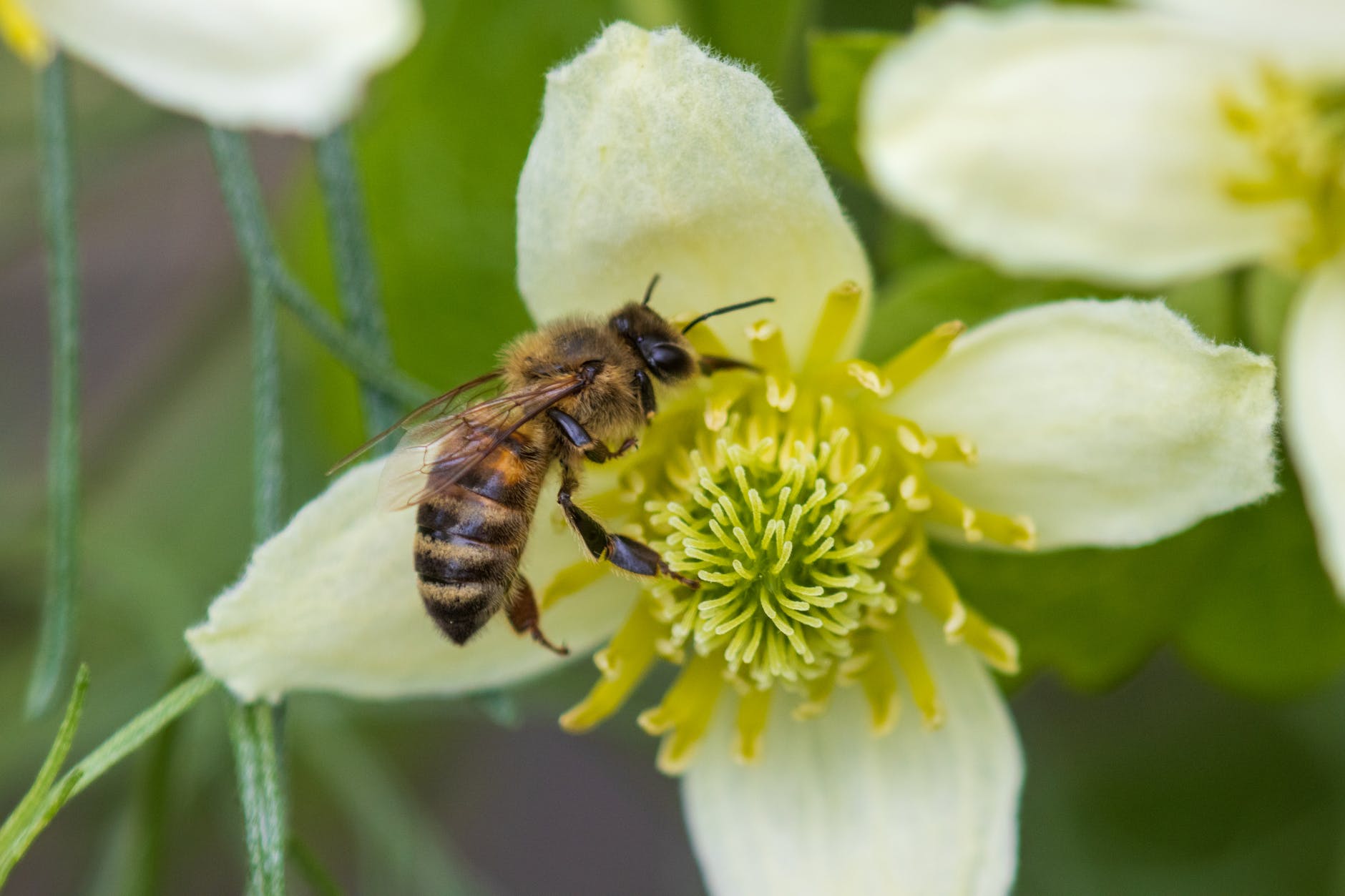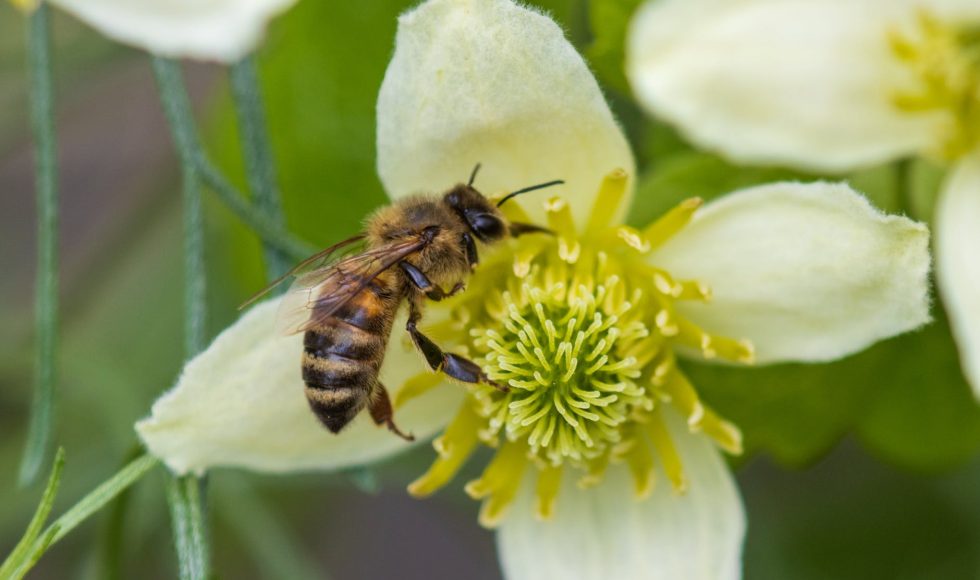Anna Glushkevich from the Shmyakin-Ovchinnikov Institute of Bioorganic Chemistry in the Russian Federation, presented at the Nanopore Community Meeting 2021 on “Direct RNA sequencing reveals unusual NMD targets in plants.” They study nonsense-mediated RNA decay (NMD), a mechanism that regulates up to 10% of cellular transcripts! This is the second time I hear about Nanopore devices and sequencing being used to study NMD through the YouTube Nanopore Channel. NMD in plants can be studied using Arabidopsis thaliana, mentioned Glushkevich, however this plant model system has an unusual NMD mechanism. Glushkevich used Physcomitrium patens, a moss, as a system for studying NMD. This moss is haploid with a simple structure, and there are smg1 knockout lines, according to Glushkevich. The team used the MinION Mk1B and MIN 106 R 4.1 flow cells. The SQK-RNA002 Direct RNA Sequencing Kit was used. Basecalling with Guppy was followed by mapping with Minimap2, assembly with Stringtie2, quantification with NanoCount, and DESeq for differential expression analysis. I wonder if this workflow would be useful for bacteria? They sequenced three biological replicates. Quality was 10 on average with mean read lengths between 800 and 1000 nt. The majority of reads mapped to the genome. Transcript isoforms were identified along with the differences between the two genotypes. They also found differences in types of alternative splice-sites between the wild type and mutant genotypes. After extensive analyses, they found some upgreagulated lncRNA in the mutant. NMD is inhibited through inhibition of translation. They used cyclohexamide and noticed transposon accumulation. They concluded that Nanopore allowed for discovery of new isoforms, alternative splicing in NMD, and transposomes. I hope we can also use direct RNA sequencing to learn about Delftia spp. transcriptomes.



